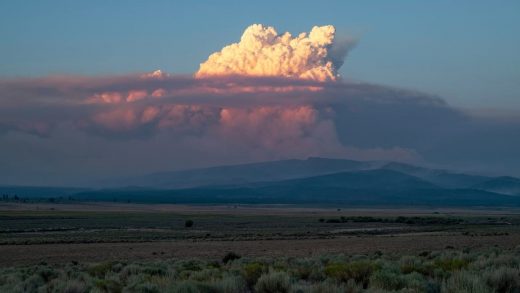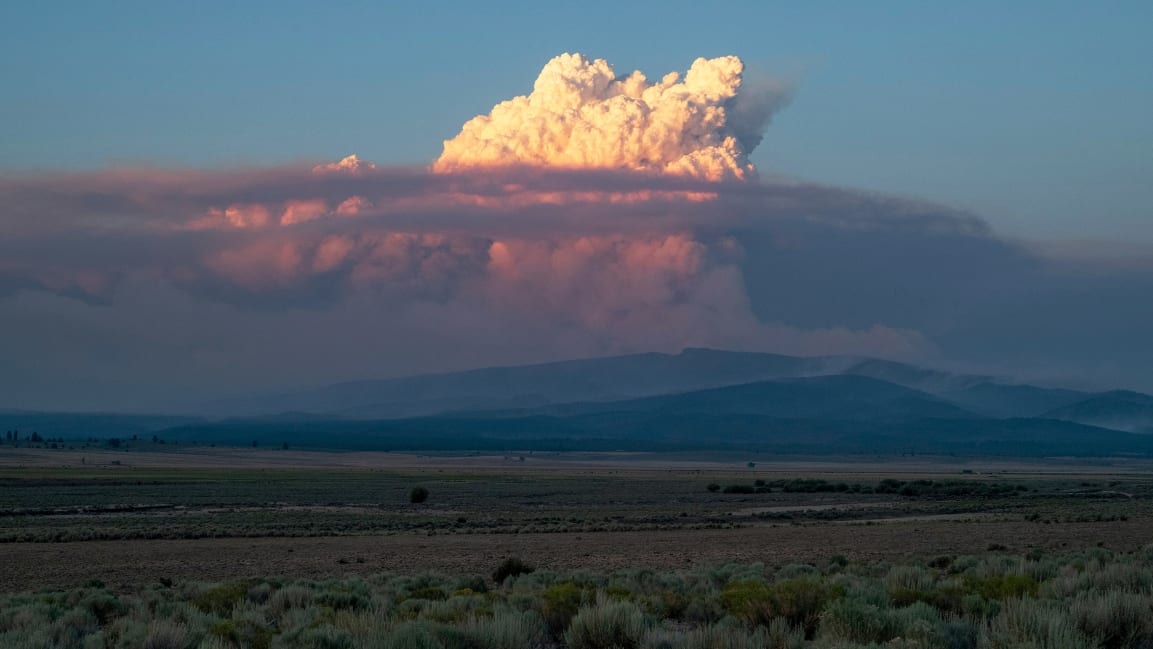The Bootleg fire is burning through trees that are being used as carbon offsets
Since the Bootleg fire began in southern Oregon in early July—at one point, growing at a rate of around 1,000 acres an hour, and later spawning its own flaming tornado—it has burned through an area more than twice the size of New York City. The fire’s path so far has included part of Klamath East, a project that protects trees to sell carbon credits to companies like Microsoft to offset emissions. Roughly a quarter of those trees have now gone up in smoke, releasing the carbon they stored.
It’s an example of one of the problems with carbon offsets: As climate change boosts the risk of large wildfires, especially in states like California and Oregon, trees are less likely to survive. The 10 largest fires in California’s history have occurred since the year 2000; by the middle of the century, the risk of very large fires could grow sixfold in the West. Right now, two other fires in Washington are also burning through forests that sell carbon offsets. CarbonPlan, a nonprofit, is tracking where fires overlap with carbon offset projects in California’s forest offsets program in real time on this map.
“It’s late July, and we currently have three offset projects in in the U.S. that have active fires burning in them,” says Joe Hamman, technology director at CarbonPlan. “This is somewhat of an ominous sign . . . a big part of what we’re doing here is tracking this and making this data more publicly available so that people can understand that many of these projects are in very high fire risk areas.”
Some offset programs, like one run by the state of California, use a buffer pool of extra trees to try to account for the problem. If some trees are lost to fire, other trees in the buffer pool can be “retired” to help make up the difference. But it isn’t clear how quickly the buffer pool will shrink. (By some back of the envelope calculations, Hamman says, the pool might disappear in 20 years or 70 years, depending on how climate change progresses.) Climate change is also killing more trees because of drought and disease.
Some critics argue that even if trees survive for decades or centuries, the concept of forest offsets is flawed in other ways. Messy accounting can also mean that forests might be credited with storing more carbon than they actually are. If a program works well and a company pays for offsets in order to keep polluting, that can help compensate for its CO2 emissions. But other pollution is also involved. “There’s all the other toxic air pollutants—nitrogen oxides, etcetera—when you burn fossil fuels, and the communities who are adjacent to that smokestack, and who are disproportionately communities of color and low income, are stuck still breathing that pollution,” says Basav Sen, director of the Climate Policy Project at the nonprofit Institute for Policy Studies.
Some companies use offsets as a crutch instead of directly cutting emissions as much as possible, even at a time when scientists project that we’re on track to blow well past the goals of the Paris climate agreement. But if emissions don’t drop quickly enough, some forests may not survive.
(59)



